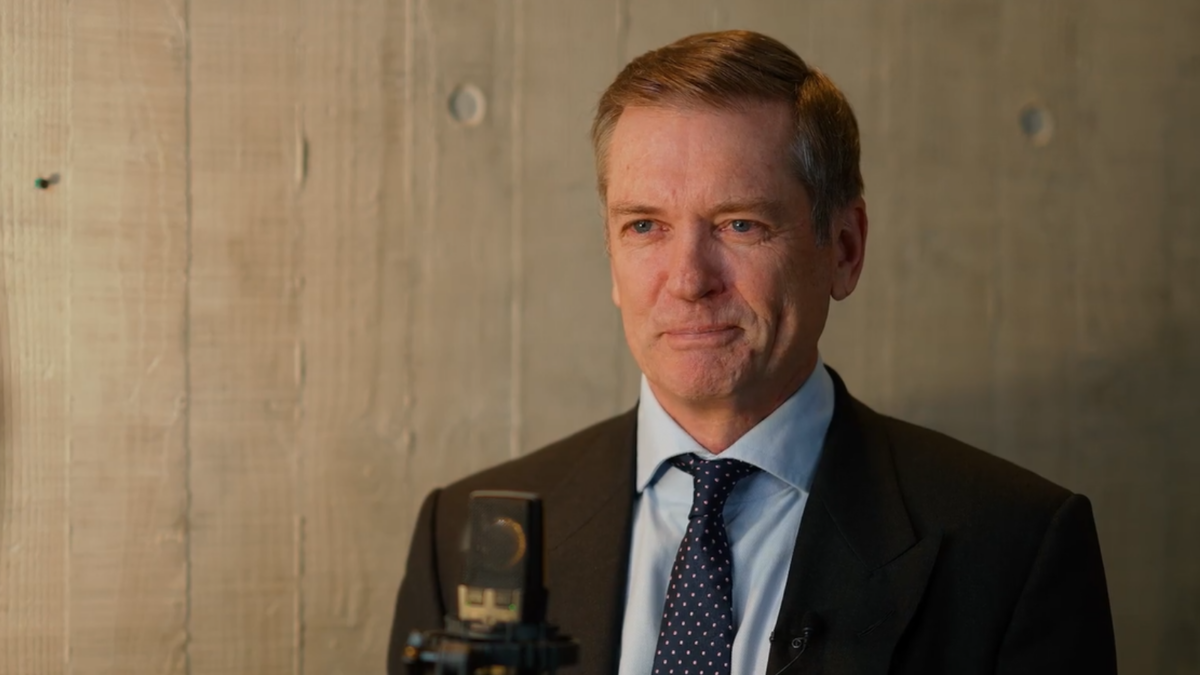The risk addiction
I learnt about the nature of addiction to risk from the experience of my family. I have witnessed the recklessness and the consequences of loss. This has shaped me as an investor.
When one of my friends returned from her Oxbridge interview, she regaled us with a question she had been asked: “Should animals have wheels?” Her response: “Only if they have brakes.”
Of course, it is worth being mindful of the folklore which surrounds this tradition -questions and answers seem to get whackier and wittier with each passing year and prospective undergraduates have a habit of retrospectively leaving out their ‘umms and ahhs’.
Embellished or not, it has stuck with me for over twenty years. Not only for my friend’s scintillating response but for how it resonates with the world of investing and the concept of risk and return.
Today, investors can travel as fast asthey want provided they have sufficient risk processes. The trouble is, this is often a false comfort. In one of the early chapters of his book, The Armchair Economist, Steven E Landsburg asks: “Why are seatbelts so deadly?” His hypothesis is that driversfeel safer if they are wearing a seatbelt, so they drive faster and more dangerously. For the investment analogy, replace the sources of false comfort -the seatbelts -with zero-interest rates and volatility targeting.
Landsburg’s tongue-in-cheek solution? We should drive around with a gigantic spike mounted on the steering wheel pointed at our chests. We might not get anywhere very quickly, but there would be far fewer deaths.
The risk I will never take
From an early age the concept of the spike has weighed heavily on me. One of my earliest memories is of walking up the drive of our family home in Fulmer in Buckinghamshire. My cousin asked what the sign at the front of the house meant.
At the time, all I knew was that we had run out of money, and we needed to move out. The house was being repossessed.
I have always been clear with myself, as has my cousin with herself: I would not risk ending up like my father. No risk was worth taking at the cost of losing everything.
A success and an addict
In the tradition of many Jewish immigrants, my father was in the clothing business (as was his father) and he had been remarkably successful. After leaving school at fifteen, he grew a business selling cheap clothes for women. He was close friends with, and a competitor of, Philip Green of Topshop fame. He was equally flash too – aged 25, he drove a gold Rolls-Royce. At its peak, the business ran more than twenty shops across South East England.
As well as being successful, my father was an addict. He was the eldest of four brothers and the most revered. Money was important in his family. Friday night dinner would start when my father arrived, whether everyone was there or not. The problem was that, although he was earning cash, the business was not terribly profitable.
The first addictive behaviour I recall (aside from the simultaneous chewing of nicotine gum and smoking of cigarettes) involved him driving from shop to shop to revel in the amount of cash in the tills or the safe. His buzz depended on the thickness of the wads of notes. But the addict is insatiable, and so he would drive to the next shop, and the next.
Little if any thought was given to whether it was money to be spent or not. He only focused on the return, blind to the risk involved.
This addiction manifested in more shops, bigger floor plans and more stock, piled high without any thought of the customers’ experience. As long as the economy, and his business, was growing, paying attention to the risks was irrelevant. If he could keep the plates spinning, the cash would keep flowing.
In search of the brakes
The bets got bigger, eventually culminating in using the family home as collateral. His business partner, as if to distinguish himself from the suffering addict, refused to do the same. One of the traits of addiction is acting excessively without awareness of consequences. The property crash of 1989 and ensuing recession caused the plates to stop spinning. The results were disastrous – he lost his business and his home and was declared bankrupt.
It was this experience that made me acutely aware of risk and the consequences of loss. And these have become my brakes.
“I know I have two wolves inside me: one is the need to take risks; the other is an awareness of the danger of those risks.
Aware but not averse
“A risk averse fund manager is as about as useful as a cowardly soldier.”
This is something Jonathan Ruffer regularly reminds clients of. He is right; if we were to drive around with spikes mounted on our steering wheels, we wouldn’t travel anywhere fast (if we got in the car at all). In a world where sources of return are becoming increasingly scarce, investors need to embrace risk. I’m always frustrated when I see Ruffer characterised as ‘risk averse’ in the financial press. We are comfortable embracing risks, but we hold on to another question whilst doing so: what if we are wrong?
What about the wheels? Whilst I have a heightened sense of risk, I can’t help but seek it out; the need is genetic. Some might describe it as bravery, but it almost certainly comes from other qualities bestowed on me by my father. He remains an addict – as is the nature of the disease – with little sense of the consequences of risk. His most recent fortune was lost spread betting on equity indices.
He would trade day to day, sustained by the days when he won, and wilfully forgetting the days he lost. The memory of winning was so vivid in his mind’s eye that it would inflate on the days he didn’t play. And so, returning to the market, invigorated by a skewed reality, he placed bigger positions. He was entirely unaware that playing £1,000 per point was the equivalent of a £1 million position if the index value was 1,000. He obsessed over the upside, laser-focused on the possibility that, if the index rose by five points, he would make £5,000.
Gambling and addiction run in the family. His father had a wedding dress business but made (and lost) most of his money on the gold market. Ultimately, he too would lose everything he had, and spend his later years in a caravan in Florida.
Risk without consequence
Is today’s investment world distorted by a prevalence of risk-taking and – for the time being – by a dearth of negative consequences? Many of the stimulus cheques issued over the last two years have not been used on food and housing. Instead, they have ended up in equity markets or cryptocurrencies. Instagram and TikTok are littered with videos where influencers describe how, by investing a relatively paltry sum, anybody can achieve astronomic returns in a matter of weeks or months. “Tired of being poor? I’ll let you into a secret…”
Trading and investment apps, like Robinhood, have sought to gamify markets. They have made it easier than ever, and more tempting, to take on risk in the search for return. These platforms are well aware of the proclivity to become hooked on taking risk. At worst, they exploit this. At best, they are enablers of risk addiction.
The consequences differ but there are parallels with the OxyContin-led opioid crisis. OxyContin provided relief for many, in the same way as betting on the stockmarket promises great return.
The manufacturers were aware of the drug’s addictive potential, but only in hindsight have the dangers become truly understood by the wider public. The growth in popularity of retail investment platforms coincided with a surge in asset prices and risk-taking was almost indiscriminately rewarded, leading to the emergence of a gulf between risk and its consequences.
Two wolves
Both my father and my grandfather were aware of the troubles of gambling. My great uncle was one of the founding members of Gamblers Anonymous in the UK. He gambled away his entire fortune and subsequently entered rehab. He joined the first branch of Gamblers Anonymous in Los Angeles, which consisted of only four members, and seized on the idea of setting up branches in Britain. His obituary refers to a Cherokee story of an old man who tells his grandson that he has two wolves fighting inside him. When the boy asks him how to survive this inward struggle, his grandfather tells him that every day he must remember to feed the good wolf.
I know I have two wolves inside me: one is the need to take risks; the other is an awareness of the danger of those risks. Managing portfolios at Ruffer allows me to feed both. On the one hand, I can satisfy my curiosity and desire to seek out new sources of return. On the other, I am constantly encouraged to ask myself, “what if we are wrong?” Protecting and growing our clients’ money requires managing this struggle every day – a tremendous challenge, and one I am privileged to undertake.
Link to original piece – https://www.ruffer.co.uk/en/thinking/articles/the-ruffer-review/2022-02-the-risk-addiction










